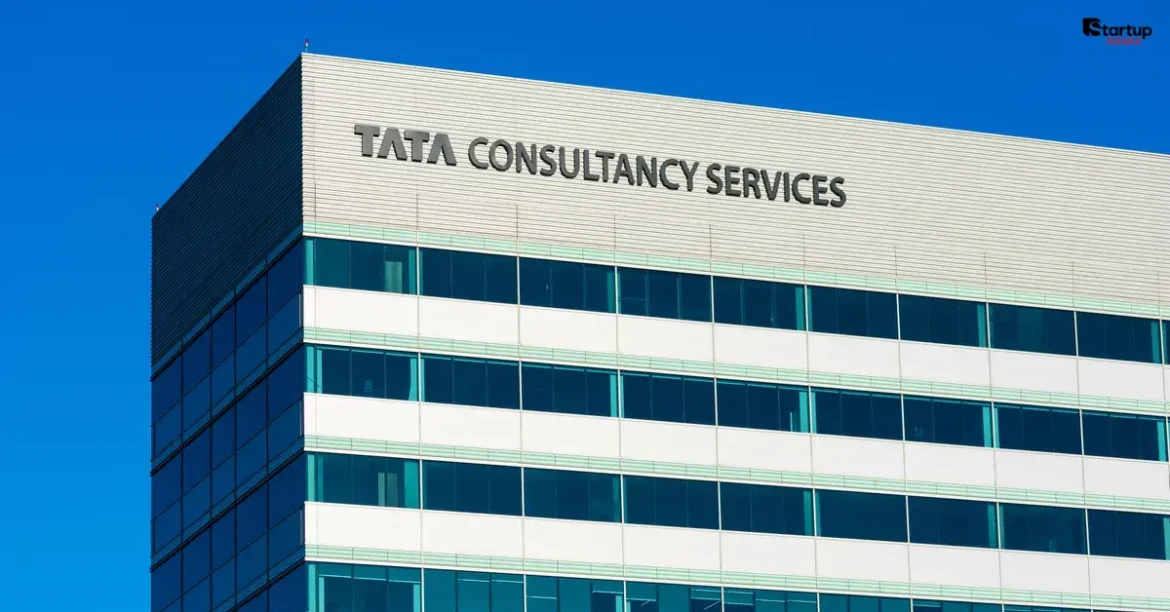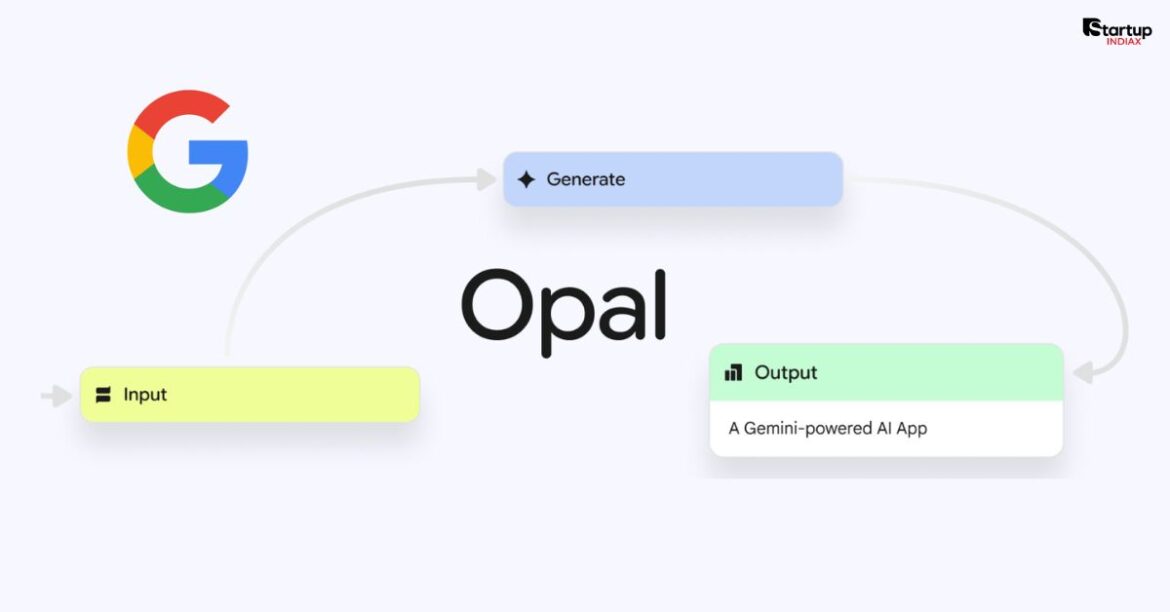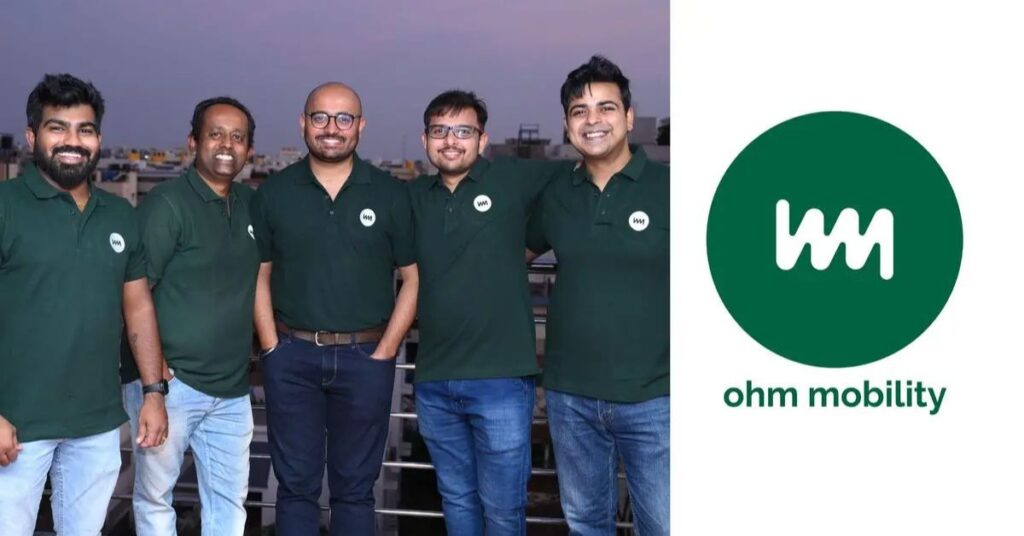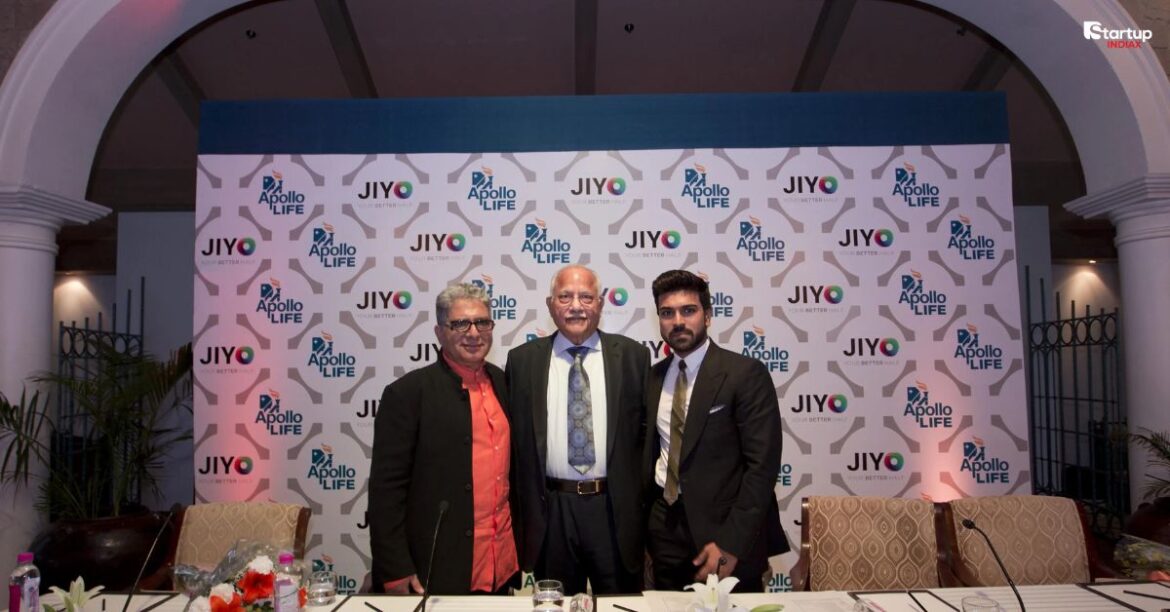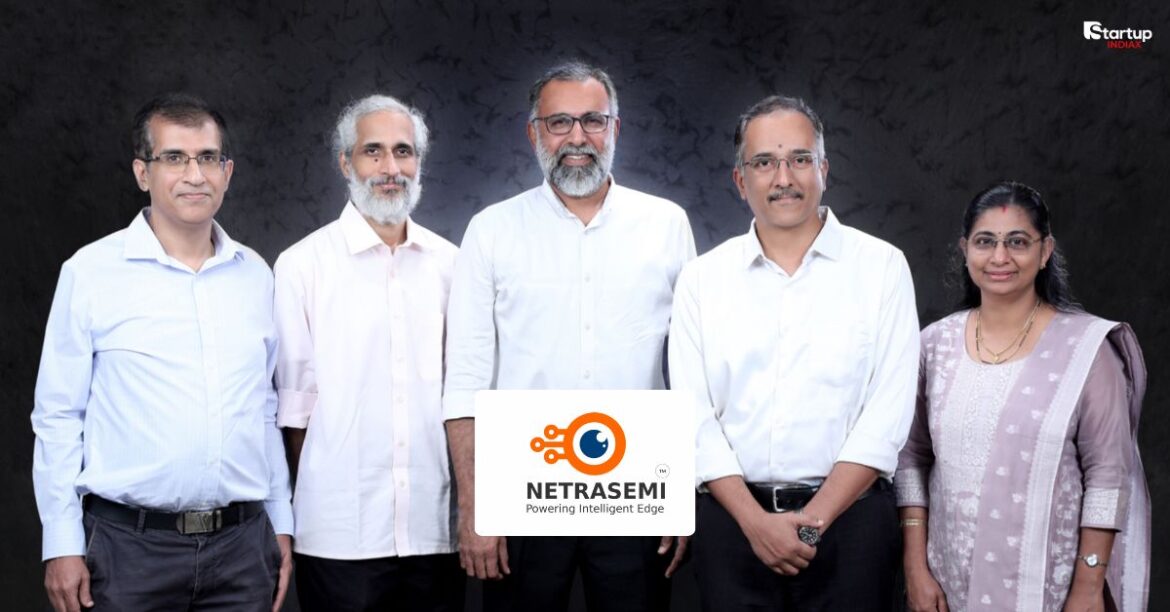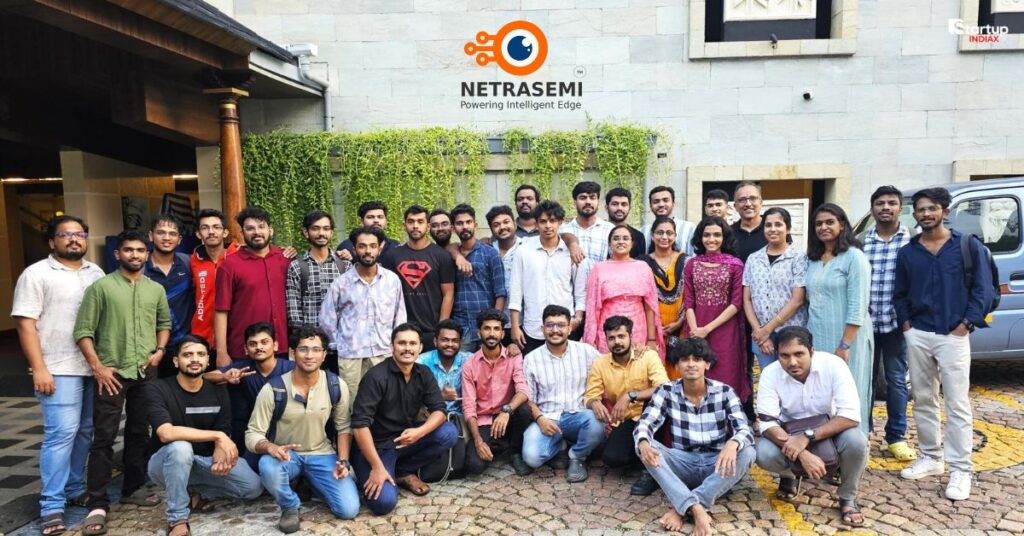Summary
- First VinFast Showroom opens in India, marking a major milestone for the Vietnamese automaker’s global EV ambitions and putting Gujarat’s Surat on the electric mobility map.
- Upcoming VinFast EVs, including the VF6 and VF7 SUVs, will attract Indian consumers with innovative features, competitive pricing, and advanced technology—expected to stir the EV segment and influence the market’s future trends.
- Startup INDIAX brings you exclusive insights, expert analysis, and actionable takeaways on how VinFast’s big entry impacts entrepreneurs, founders, and India’s EV innovation ecosystem.
Table of Contents
Why Has VinFast Chosen India for Its First Showroom?
What’s the Strategy Behind the India Debut?
First VinFast showroom opens in India— a groundbreaking moment that signals the international ambitions of Vietnam’s fastest-growing automaker. As global players vie for India’s rapidly growing electric vehicle (EV) market, VinFast’s move is more than a business expansion; it’s a bold bet on India’s future as an EV powerhouse.
Industry experts note that India is already the world’s third-largest automobile market, and EV adoption is projected to triple by 2030 (NITI Aayog, 2024). VinFast’s strategic arrival aims to capture this surging demand, riding on India’s shift toward cleaner, greener mobility.
Why Did VinFast Pick Gujarat, Specifically Surat?
Gujarat leads when it comes to ease of doing business, green policies, and pro-EV infrastructure. Surat, renowned for its entrepreneurial spirit and connectivity, offers the perfect blend of progressive consumers and supportive policies.
A senior VinFast representative told Startup INDIAX,
“Surat represents the new face of Indian urbanization—a city with ambition, affluence, and appetite for innovation. That’s exactly where VinFast belongs.”
What Can You Expect at VinFast’s Surat Showroom?
Which EV Models Are on Display?
The VinFast Surat showroom is a sprawling, 3,000-square-foot facility that brings Vietnamese automotive technology to India’s doorstep. At launch, flagship models like the VinFast VF e34 and bold crossovers are already on display, with sleek SUVs such as the VinFast VF6 and VF7 previewed for eager EV enthusiasts.

What’s Unique About the 3,000-sq-ft Facility?
Unlike most automaker outlets, this showroom offers:
- Interactive digital experiences: Tablets, 3D configurators, and immersive VR gear
- Personalized consultations: Dedicated EV specialists to answer every query
- Live charging demos: Try VinFast’s rapid-charging tech in real-time
- Priority booking: Early bird offers for the first batch of Indian customers
Which Upcoming VinFast EVs Will Hit Indian Roads?
What Models Are Launching Soon?
VinFast has confirmed that the VF6 and VF7 compact SUVs will headline their Indian portfolio, followed by possible launches of luxury sedans and family-friendly crossovers. Both models boast:
- Advanced driver-assist systems (ADAS)
- Up to 500 km range (as per WLTP)
- Smart infotainment, OTA software updates
What’s the Expected Pricing and Booking Details?
Company sources hint that pricing will start under ₹30 lakh for the VF6, directly challenging rivals like the MG ZS EV and Tata Nexon EV Max. Bookings open soon via both the Surat showroom and VinFast’s India website, with special launch benefits and financing options.
How Will VinFast Shape India’s Electric Vehicle Market?
What Are Their Expansion and Manufacturing Plans?
VinFast India is already charting massive expansion:
- 200+ new showrooms by 2027, including metros and Tier-2/3 cities
- Mega EV factory near Chennai, Tamil Nadu (in progress), targeting 150,000 units/year
- Aggressive hiring for R&D, battery, and tech roles
This solidifies Gujarat’s and Tamil Nadu’s reputation as central nodes in India’s green mobility revolution.
How Does VinFast Compare With Established EV Brands?
While Tata Motors and Mahindra lead the indigenous EV charge, international competitors like Hyundai, MG, and BYD are constantly upping the ante. VinFast’s unique selling points include:
- Fastest market rollout in Indian EV history
- State-of-the-art battery swaps and charging infrastructure
- Premium design and advanced safety, at scale
Auto analyst Rajiv Kapoor (Electric Mobility Forum) tells Startup INDIAX:
“VinFast combines the startup agility of Ola Electric with global tech muscle. Their localized approach could shake up incumbent brands.”
What Do Experts and Early Adopters Say?
Industry Opinions on VinFast’s India Entry
Industry watchers are bullish. “VinFast’s debut puts Surat on India’s EV innovation map,” says Dr. Sana Iyengar, automotive consultant. “A new player with global ambition can only benefit Indian tech and manufacturing supply chains.”
What Do Early Visitors Think?
Startup founders who toured the Surat showroom praise its transparency, tech-centric approach, and test drive options. “It’s more like walking into a Tesla store than a traditional car dealership—informative, frictionless, and exciting,” shares Krunal Desai, founder of an IoT mobility startup.
How Can Entrepreneurs and Startups Benefit?
Business Opportunities With VinFast’s Expansion
VinFast’s rapid expansion in India is a windfall for local entrepreneurs:
- Component suppliers: Battery tech, IoT, ADAS development
- EV charging startups: Scope for B2B tie-ups
- Retail/franchise partners: New business models and service opportunities
Tech Adoption and Ecosystem Impact
With global-grade, locally-manufactured EVs, VinFast accelerates tech transfer and know-how for the Indian ecosystem. Expect deeper partnerships, funding for local EV startups, and upskilling initiatives for India’s youth.
“VinFast’s tech-first play benefits the whole ecosystem—founders, students, and suppliers alike,” notes Richa Jain, mobility VC advisor.
VinFast Partners with BatX

VinFast’s broader sustainability vision, don’t miss our in-depth look at how VinFast has partnered with BatX Energies to power a circular battery economy. This collaboration will enable efficient recycling and recovery of critical minerals from used EV batteries—dramatically lowering environmental impact while fostering responsible innovation in the Indian market. Explore the full story on VinFast and BatX’s bold recycling partnership here
Conclusion: Are You Ready for India’s New EV Era?
The first VinFast showroom opens in India, and it’s much more than a headline—it’s a declaration that India’s EV future is global, ambitious, and full of opportunity.
Startup founders, entrepreneurs, and digital professionals—now’s the time to ride this new wave. Share your thoughts below, explore more stories on Startup INDIAX, and be part of India’s electric revolution!


